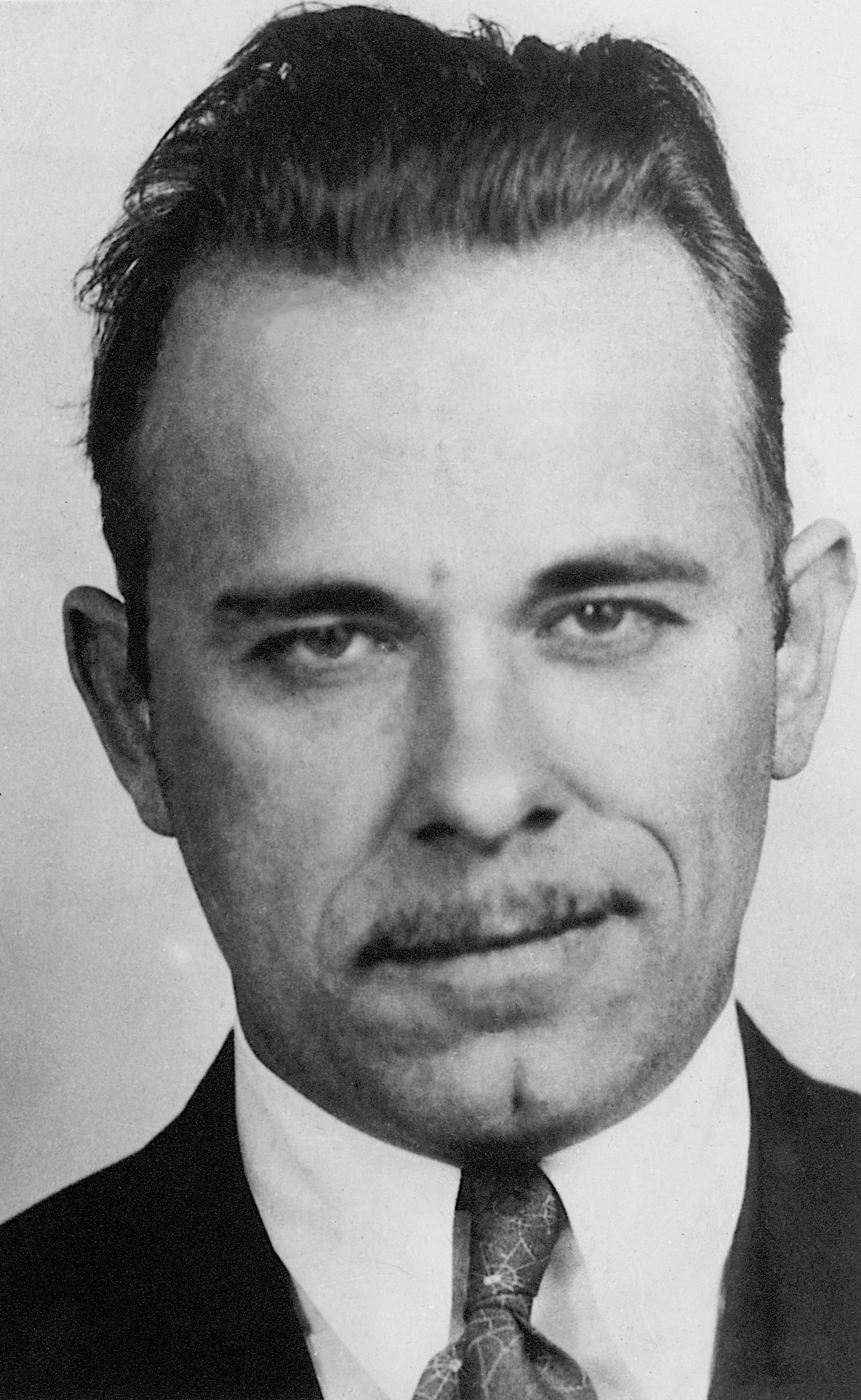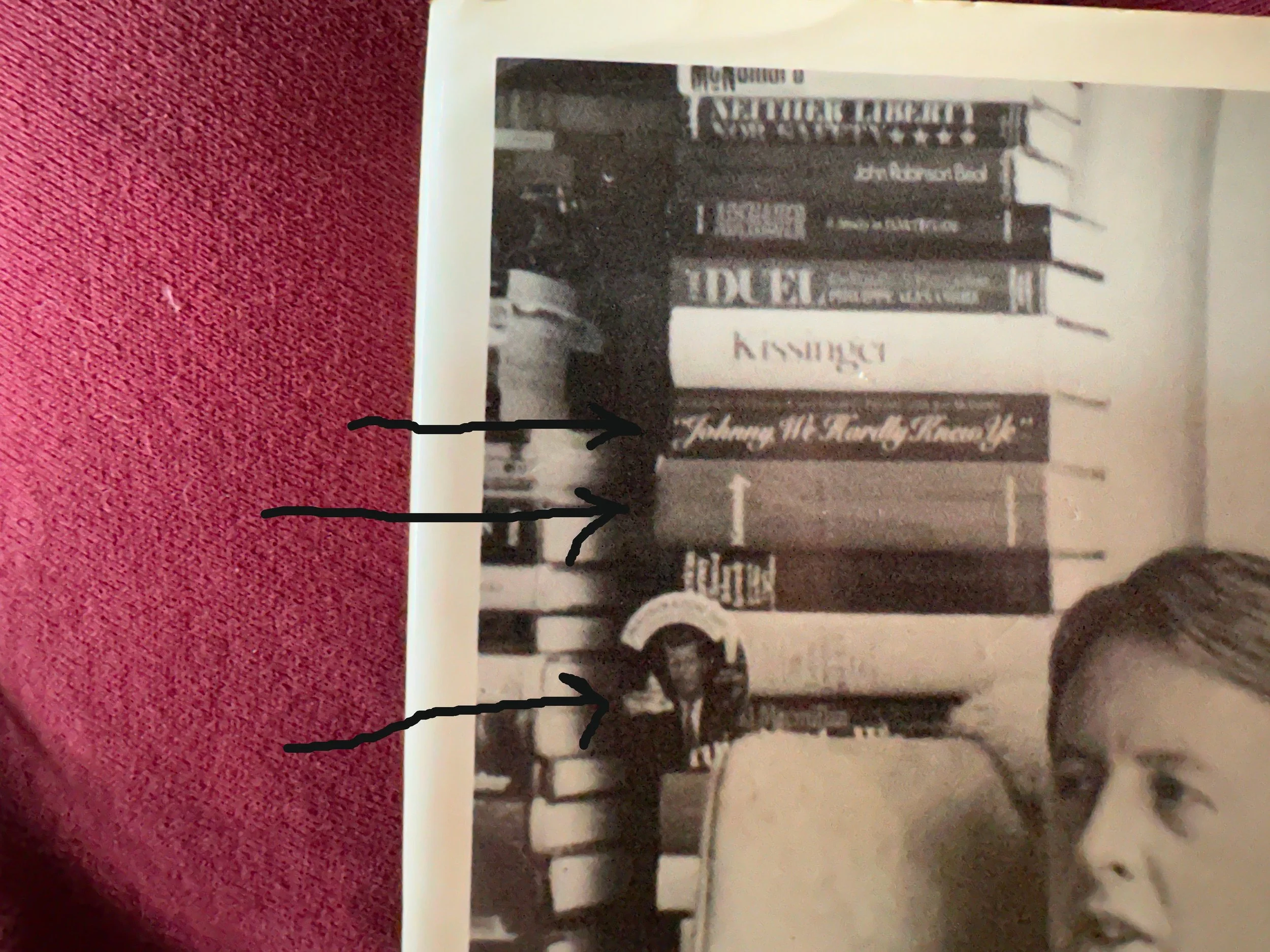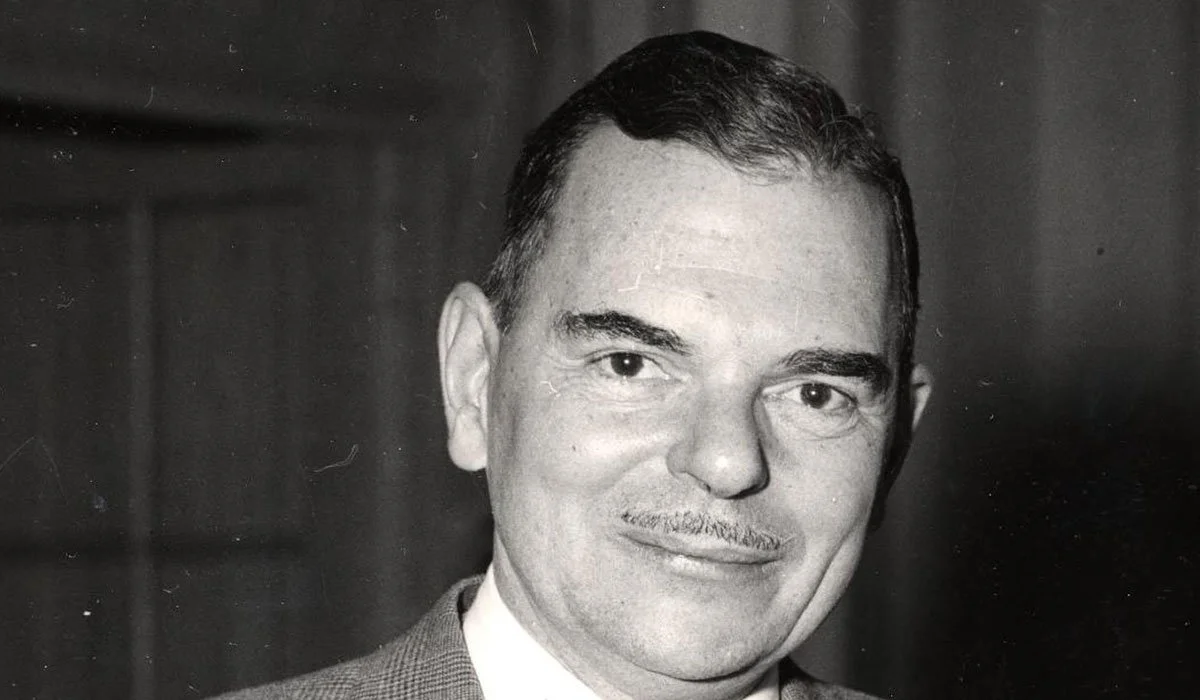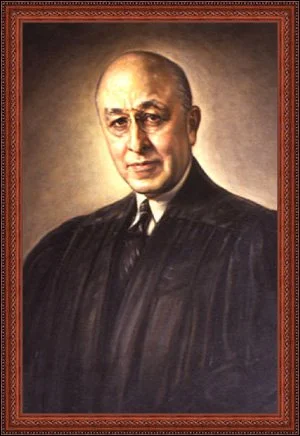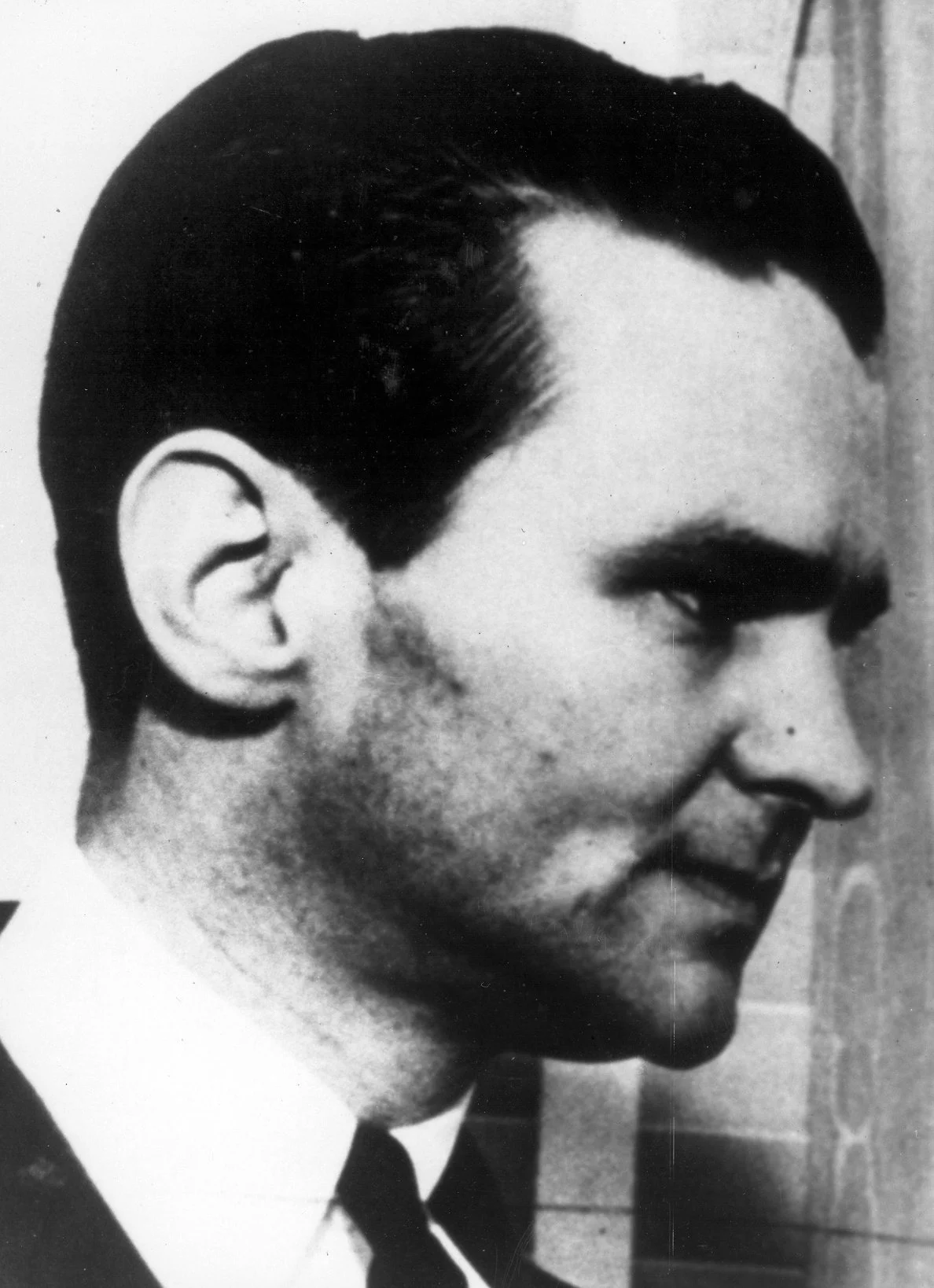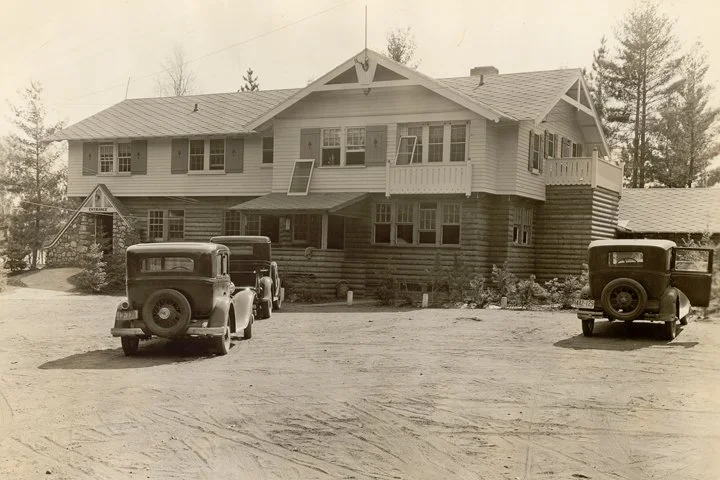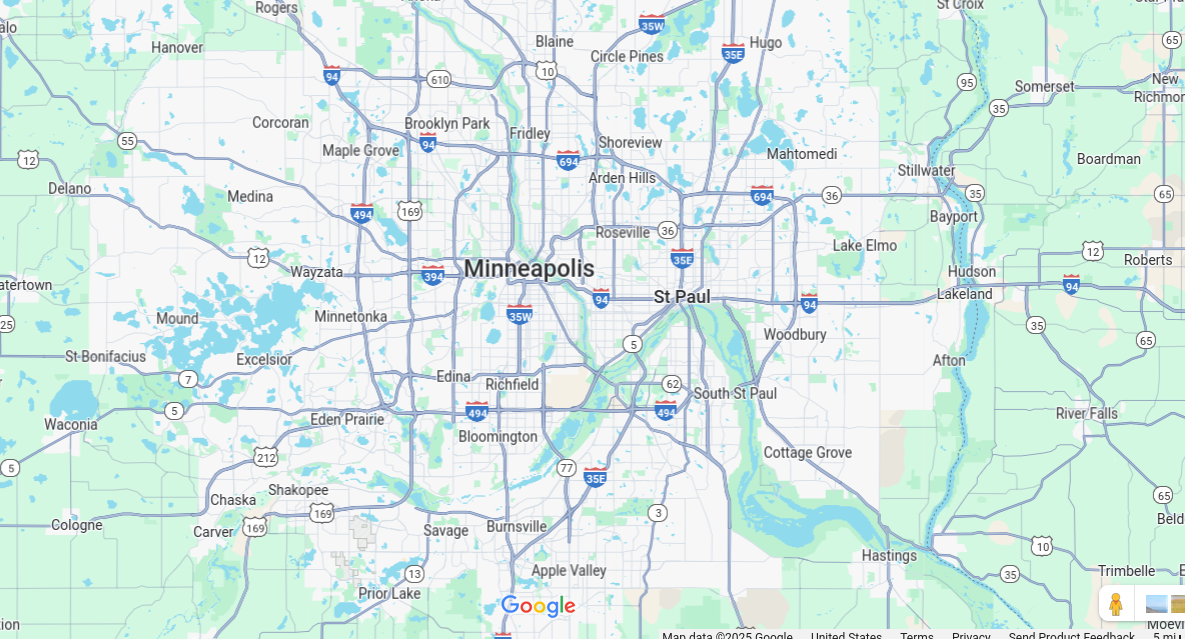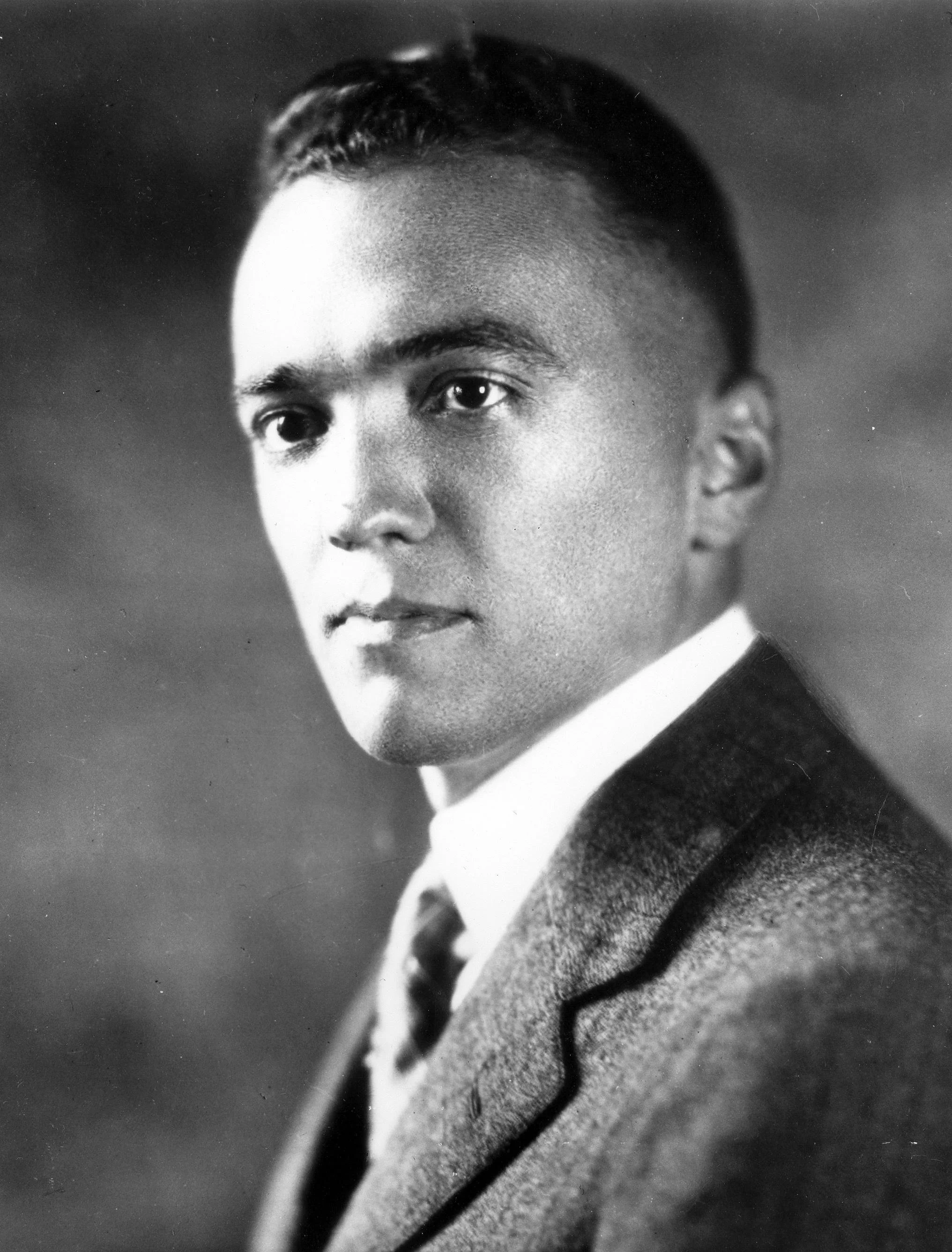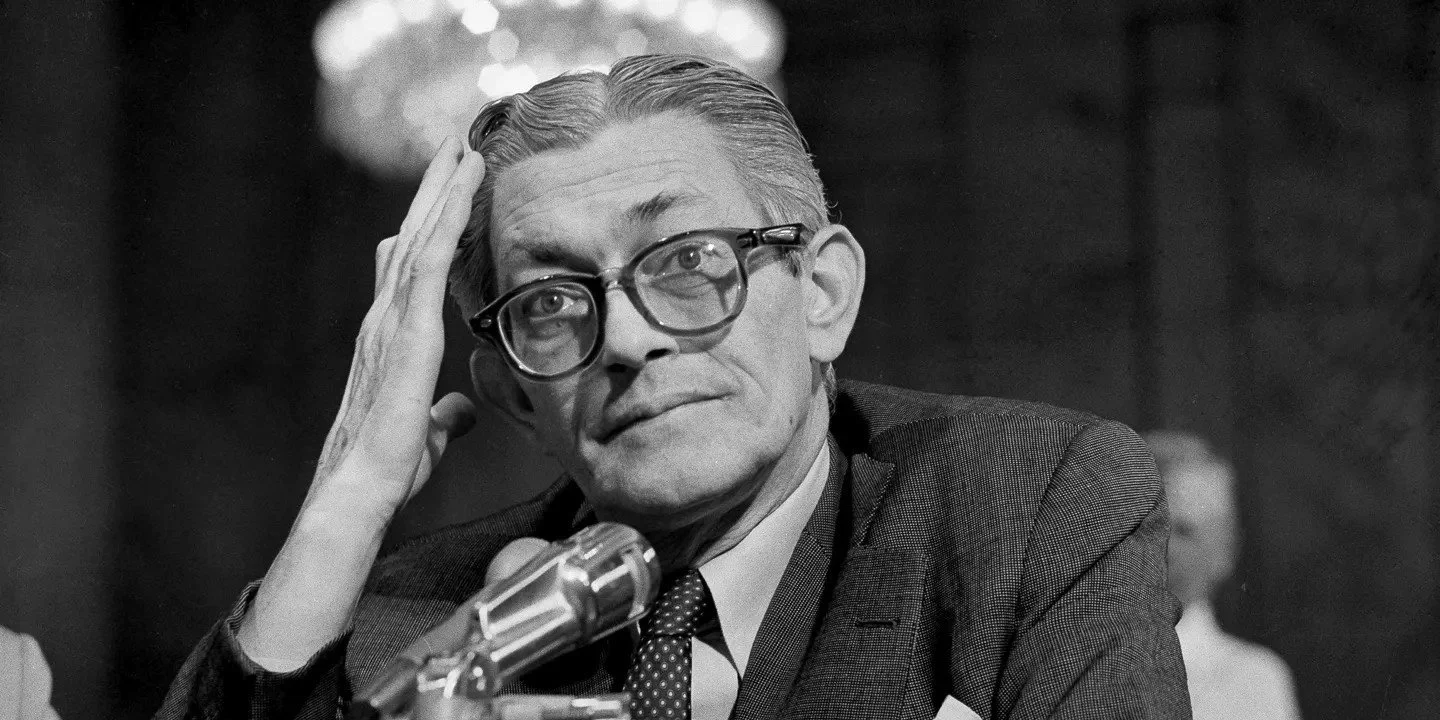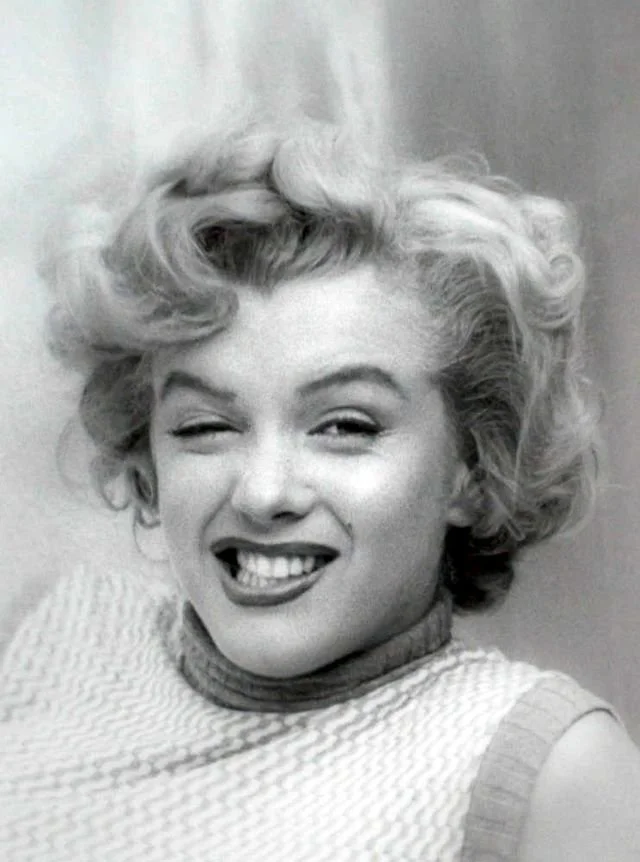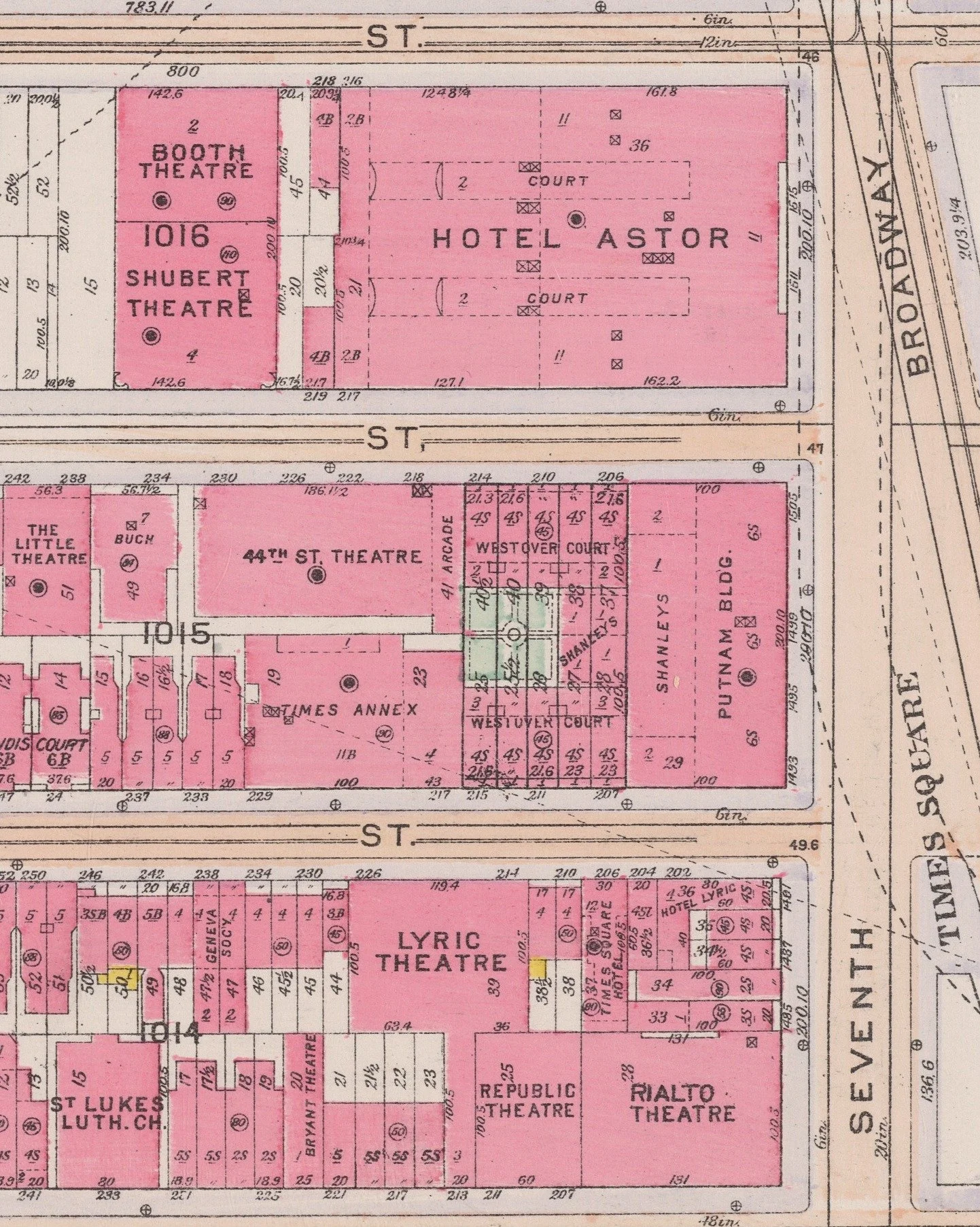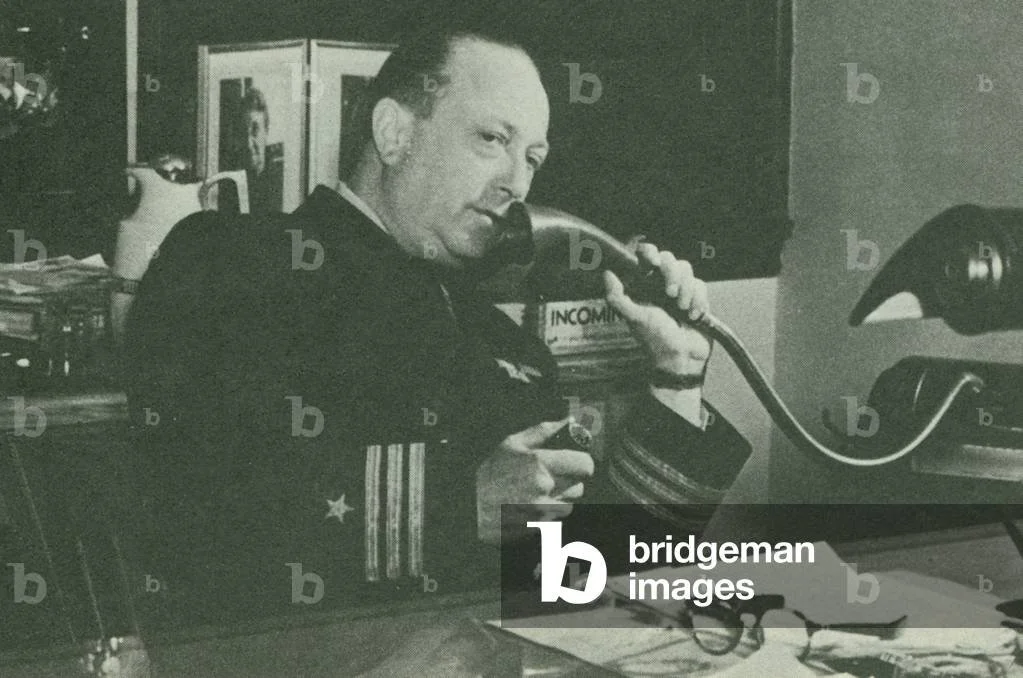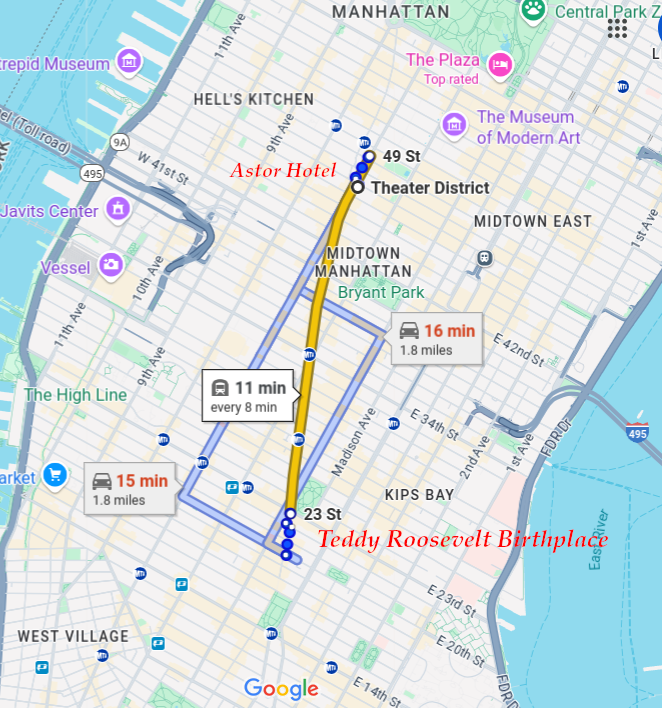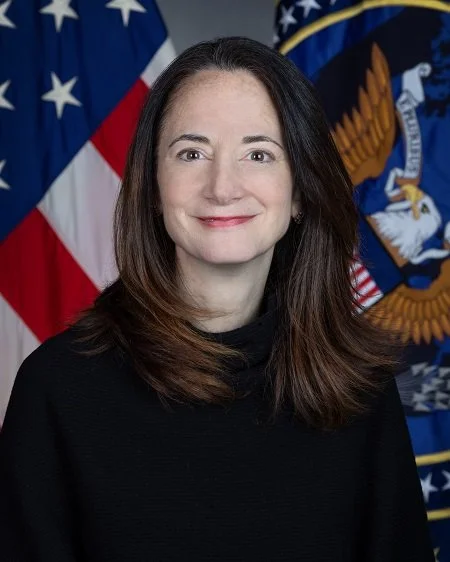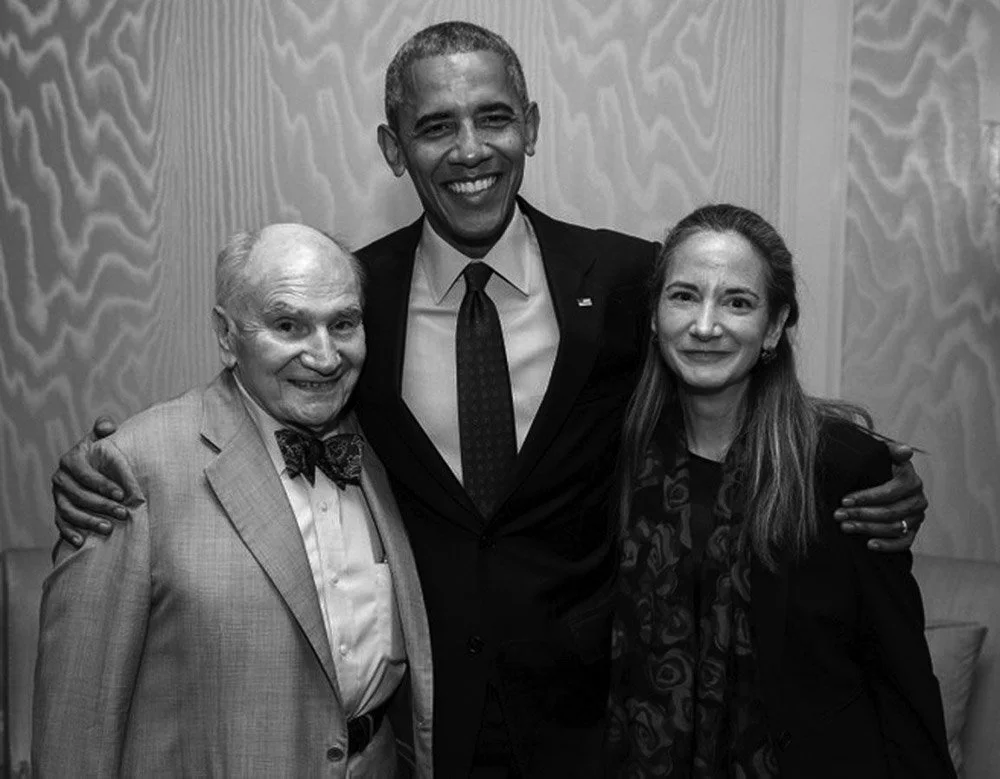James Angleton and the 'Mobbing' of the US Economy
The 1970s were a difficult time for the United States’ “Central Intelligence Agency” because infighting between its executives spilled out into the public eye. Some of this publicity came from senate investigations like the Church Committee, but a good chunk came out through book publishers, too. CIA head William Colby would use literary agent David Obst to place books that were damaging to his adversaries like James Angleton, who I discussed in my previous post on the Galician Gang’s Apple Computer.
I’m going to talk about a book placed by Angleton today, or at least placed by Angleton’s allies. It’s titled The Luciano Project: The Secret Wartime Collaboration of the Mafia & The U.S. Navy and was written by a British-and-Indian-Army-Officer-turned-journo-turned-lobbyist named Rodney Campbell. The book was published in 1977— so it was probably green-lighted around the time Angleton was forced out of the Agency in September 1975. Here’s Campbell’s photograph, which he plastered on the back of the dust jacket:
Campbell being studious. Only the stack of titles behind his face are in focus.
Of the stack of books in focus behind Rodney Campbell, there are two about J. F. Kennedy and a JFK pin. The other books cover Henry Kissinger, Konrad Adenauer and Robert McNamara, Kennedy’s military advisor. The photograph was taken by a Duncan Campbell.
In order to write his book, Rodney Campbell was given first-time access to the estate papers of New York Governor Thomas E. Dewey. Dewey was the district attorney who put Luciano away as well as the man who commuted Luciano’s prison sentence in 1942 so that the mafioso could help both the Office of Naval Intelligence and Angleton’s OSS beat in Italy. After WWII, Governor Dewey used his power with the NY District Attorney’s office and his contacts at the Navy to commission a report on why he, Dewey, was pressured to commit political suicide by pardoning Luciano. Dewey had to make a gentlemen’s agreement with the Navy that his report would never be released, and it wasn’t until Rodney got it.
Thomas E. Dewey
Although Campbell’s book is well sourced and he meticulously documents the ONI chain of command which handled Luciano via these ONI officers’ own testimony to Dewey’s “Herlands Investigation”, the name of Angleton is never once mentioned, even though Angleton’s wartime OSS operations in Italy are the main topic of the book. (Lawyer William B. Herlands, an active civic leader and supporter of Israel, lead the investigation of the Mafia/ONI/OSS partnership on behalf of Dewey and was right-hand-man to George Zerdin Medalie, US attorney and Talmud scholar.) Campbell, via Herlands, outs the ONI officers (and I mean outs them — their names, service record, even the location of their retirement homes) yet the Brit protects Angleton and the OSS at a time Angleton was certainly ‘down’.
Judge George Z. Medalie
[Interested in Medalie’s/Herlands’ British forebears? Read my post on Otto Kahn and Sir George Lewis.]
The protection offered to Angleton is even more striking given that Angleton himself was recruited to the OSS by a former FBI agent, Colonel Melvin Purvis. Purvis is the “cult hero” who is credited with shooting John Dillinger. (See Cloak & Gown, Winks p. 340.) Purvis sent Angleton to “the OSS Schools and Training course” where Angleton learned spookery by “infiltrating the office of the chairman of Western Electric.” From there, the OSS assigned Angleton to “the Italian desk in Washington”.
Melvin Horace Purvis II— formerly a special FBI agent in… Chicago!
Purvis’s involvement raises uncomfortable issues around Angleton. First, Angleton went to the Italian desk because his father Hugh had already used his position as owner of National Cash Register’s Italian franchise to spy on Mussolini. The Italian government knew Hugh was doing this, but Italian freemason friends helped him evade justice. Second, Western Electric (part of Bell) was among the “T.S. Eliot” group of technology companies which knew of James Angleton through his father’s connections and which supported James through his CIA career. Purvis recruited James Jesus because Purvis was interested in daddy Hugh’s contacts.
But Purvis’s John Dillinger connection is the zinger, readers. The FBI first caught up with Dillinger right here in Wisconsin, where they participated in a shoot-out inside Little Bohemia Lodge at Manitowish Waters, WI before FBI leader Purvis eventually killed— or was involved in the killing— of Dillinger in Chicago.
Little Bohemia Lodge, Manitowish Waters, Wisconsin. In the 1920s through WWII, when mafia criminals were in hot water with law enforcement anywhere in the country, mafioso would flee to Galician Gang safe-houses in Minneapolis, MN because law enforcement and civil governance there was so thoroughly corrupted by bootlegging dollars. MN lawmakers like Senator Hubert Humphrey were on the forefront of Civil Rights legislation under Lyndon Johnson’s administration. Minneapolis was also the locus of unchecked “Black Lives Matter” rioting more recently.
Manitowish Waters is very near where Leon Goetz had his suspicious Prohibition Era theater, The Rex. The Rex was located far outside Leon’s usual business range, the corridor between Janesville, WI and Milwaukee.
The “Twin Cities” of Minneapolis-St. Paul, MN
Purvis shot Dillinger because Dillinger was a violent client of the Galician Gang in Minneapolis. In Minneapolis the Galicians would offer protection from other law enforcement jurisdictions for a price. This price could be paid in stolen bank loot— in practice, bank robbers would likely become perpetual underworld clients. Dillinger’s affection for the media became a liability for the Gang, however. That’s when he became a problem.
John Dillinger and his death mask.
As a rule federal agents looked the other way with respect to Galician Gang bootlegging and adjacent crime. In fact, in Minneapolis the gang were federally assisted selling illegal booze called “Minnesota 13”. Federal assistance came first from the Woodrow Wilson administration, but the Harding/Coolidge, Hoover, and finally the Franklin Delano Roosevelt administrations all supported this organized crime too. From Paul Maccabee’s John Dilligner Slept Here: A Crook’s Tour of Crime and Corruption in St. Paul (Minnesota), 1920-1936 (p. 27):
The liquor syndicates (of Minnesota) discovered that the odoriferous process of creating moonshine from fermenting fruit in a still was inefficient. Instead, they could buy tax-free denatured alcohol from the federal government for “industrial” purposes and then redistill the poisonous mixture for sale to thirsty consumers.
U.S. attorney Lafayette French admitted privately that Minnesota had become “flooded with various forms of specially denatured alcohol under the designation of body rub,” thanks to a loophole in the Volstead Act that enabled drugstores in Minneapolis and St. Paul to legally import railway cars full of Formula 39 “body rub.” “Frankly”, wrote French, “ I believe that it is futile to furnish this office with a prosecution broom and ask us to sweep back the sea of body rub which the government, through its permits, allows to come into the district.”
I remind readers that the Volstead Act, the Prohibition act with this glaring loophole, was sponsored by Minnesota Representative Andrew Volstead. Sammy “The Fighter” Taran was a typical “Minnesota 13” operator. A Jewish prize fighter, Taran ran a multi-million dollar “body-rub alcohol” scheme that was protected by Prohibition agents, who would always destroy any evidence before Taran’s trials. (Maccabee, p. 28) Prohibition agents were federal law enforcement agents who were rolled into J. Edgar Hoover’s FBI in 1933. Perhaps unsurprisingly, Hoover denied the existence of the mafia as late as the 1950s.
FBI Head J. Edgar Hoover in his youth.
(Maccabee came across the information for his book Dillinger Slept Here “by accident” when he discovered “duplicate” uncensored copies of FBI files in the National Archives (!) These files detailed FBI and local police force corruption that J. Edgar Hoover didn’t want disclosed. Maccabee’s work, as an author for the Minnesota Historical Society, is among the best done on this topic.)
At the street-level, Galician criminals like Taran were able to operate because of the corruption of Irish-mob affiliated police officers, like St. Paul Police Chief John O’Connor, the “Irish Godfather” who operated the “O’Connor System” of police/organized crime cooperation. I wrote about the “O’Connor System” with respect to Minneapolis madame Nina Clifford and organized prostitution in the Midwest. The Kentucky Colony relied on the Irish mafia in a similar way through their 1865-1893 strongman Mike McDonald.
All in all, Purvis was the type of FBI agent who took care of Galician Gang problems. Therefore he’s a remarkable guy to be recruiting for the OSS. Especially as Purvis was hunting the type of recruit who would work with Mayer Lansky’s Italian buddy Luciano. The type of recruit who had a family history of working against Italian politicians who harmed the Mafia. Purvis’s involvement with James Angleton’s recruitment signifies that if Hugh Angleton himself wasn’t taking money from ugly places, the core builders of William Stephenson’s OSS certainly were.
James Angleton testifying before the Church Committee Hearings in 1975.
Is intentionally subverting the peacetime political systems of the United States a criminal act? If it is, then the OSS was a criminal American organization that thrived under the muzzle of war and is lionized only by its beneficiaries. The OSS was controlled by William Stephenson, a lawless Canadian millionaire, who was given charge of Winston Churchill’s newly-created, New-York-City-based active measures gang “the British Security Co-ordination”. These were illegal spies acting to sabotage US political systems in favor of British (read London merchant class, or “unorthodox investor”) interests. Roald Dahl’s authorized biographer Donald Sturrock does an excellent job describing the OSS’s illegal actions, including harassment, pandering and the other “dirty tricks” they unleashed against FDR’s enemies. They were no better than gangsters and gigolos.
Churchill, a man with money problems, appointed Stephenson against the advice of Great Britain’s professional intelligence head, Stewart Menzies. Stephenson worked with Franklin Delano Roosevelt to form the OSS in order to establish a pro-British intelligence service that was unanswerable to congress or the senate. OSS operatives became the bedrock of the CIA when it was formed in 1947 and that’s why men like Uranium merchant/LSD proselytizer Al Hubbard had such fabulous post-WWII political contacts. Many “MK-ULTRA” and adjacent program operatives were old OSS men; the OSS appealed to the heirs of Lincoln’s political corruption like Monroe, Wisconsin’s British intelligence agent William Wesley Young.
We don’t know how William Stephenson got his money. It’s actually an embarrassing lacuna in the history of the Anglosphere intelligence community. He was a grade school drop-out and failed hardware store businessman from Manitoba prior to a trip to England, where he suddenly became a millionaire. After his windfall, Stephenson married an American tobacco princess: please see my writing on the Roosevelt clan and the American Tobacco Company.
So let’s get back to Campbell’s 1977 book which throws the ONI under the bus with respect to its Mafia partnership, yet protects Angleton and the OSS. As I explained in my post on the Rolling Stones and their gurus, the British trained Angleton to recruit “Jewish underground” figures in Italy who would go on to form Israel’s intelligence service “Mossad”. The British and the Israelis have an interest in protecting Angleton’s legacy and, as I mentioned, Campbell was a colonial British soldier. Bearing this in mind, it’s clear why, even though Meyer Lansky was probably more dangerous than Luciano, Campbell didn’t title his book “The Lansky Project.” Who was 1977’s fallguy Charles Luciano?
In 1916, when the US was about to enter WWI, Charles Luciano was a heroin dealer in New York City. At this same time the Goldmans were dealing heroin and other German-manufactured drugs in Chicago, particularly around US Army Camp Grant. By the late 1920s Luciano was in on the redistillation business, just like Taran in Minneapolis: Luciano was bootlegging repurposed liquor from the Industrial Alcohol Company of Brooklyn. Luciano then became a dominant regional White Slaver, controlling a large swath of NYC and surrounding environs’ prostitution business. It helps to have good drug contacts while trafficking prostitutes.
By the early 1930s, Luciano headed one of the five NYC Italian Mafia families. These Italian families competed with German, Galician and Irish mafias in the NYC-Chicago axis. It was Luciano’s family who killed Dutch Schultz, the Galician prostitution, pornography, theater and gambling godfather of whom I wrote about with respect to the Ziegfeld Cinema Corporation and Monroe Ziegfeld girl Edith May Leuenberger’s creepy “National Salesgirls’ Beauty Contest”. Readers, please bear in mind that the far older English mafia controlled the tenement houses from which these street-level gangs operated: see the Livingstons and Astors. When Luciano came to power, Thomas Dewey was just starting his career as US attorney for the Southern District of New York and would make a name for himself putting mid-level men like Luciano away.
Dewey succeed nabbing Luciano for racketeering in 1941, however at that time German U-boat operations dominated the Atlantic and were crushing East Coast shipping. Somehow survivors of these shipping attacks saw US supplies on German submarines. According to Campbell, high-level Navy intelligence recipients knew these US supplies were pre-war exports supplied to elite subs by a fleet of parred-down supply submarines from German-occupied France, but low-level ONI men covering US docks were not privy to ULTRA-intercepted information. Therefore, according to Campbell, low-level ONI men suspected ethnic US-based gangs were supplying German submarines from the US’s eastern coast. This was the justification for the ONI’s partnership with Italian underworld figures, partnerships that were brokered through their (often Jewish) consigliere lawyers. The ONI/Mafia/OSS partnership would have been impossible without coordination via these lawyers. (For example, lawyer Moses Polakoff for Luciano, and Joseph K. Guerin for Joseph “Socks” Lanza.)
In fact, Polakoff was so helpful to the ONI that he recommended the very man to organize Luciano’s help outside of prison: “the person who I [Polakoff] had confidence in, and whose patriotism, or affection for our country, irrespective of his reputation, was of the highest”. (Campbell, p 85.) Polakoff’s good friend and ‘American patriot’ was Meyer Lansky.
Meyer Lansky with his dog down in Florida. His street-moniker was “Little Man”.
Lansky was able to organize Luciano’s contacts into a Pinkerton-like contracting operation (or should I say a Galician Gang-like operation?!) on behalf of the ONI. The point men for this operation, the men who were given access to both ONI officers and Luciano while he was in jail, were: Meyer Lansky, Benjamin “Bugsy” Siegel (of Las Vegas), Joseph “Socks” Lanza; Willie Moretti, Mikey Lascari and Frank Costello.
Regular readers will remember that at this same time the Bally Manufacturing Company of Chicago, Siegel’s slot machine providers, were avoiding a gambling rap by partnering with the Navy to entertain servicemen. After the war they would establish Apple Computer.
Men like Luciano have to share their wealth. His organization wasn’t disciplined enough to work for free. What could the ONI offer Luciano to pay his men? According to Campbell:
He [Luciano] believed that organized crime in America ought to go legitimate, that narcotics, gambling, and prostitution should be organized into “chain stores, like the A&P [a then-prominent grocery store chain].”
The ONI and the OSS could certainly help Luciano there. They were already helping Bally Manufacturing go legit, they helped film pornographers like John Freuler and his legion of Galican Gang peers leave prostitution behind and set up Hollywood— a legit movie biz.
But here’s where more ‘andreanolen.com’ topics come in. The ONI officer “handling” Lansky (officer commanding B-3 investigative and F strategic intelligence sections of the Third Naval District) was a wartime recruit named Charles Radcliffe Haffenden. Much like Georg Ferdinand von Springmuehl in Vienna or Bertha Palmer in Chicago, Haffenden’s earlier career involved organizing the 1939 New York Worlds’ Fair. After this gig, Haffenden’s civil job was managing a private investigation corporation on behalf of 115 New York area “prominent executives of local business concerns”.
This non-profit corporation was named “Executives Association of Greater New York” and its president was the celebrated San Fransisco P. I. and Teddy Roosevelt satellite Raymond C. Schindler. Haffenden marketed this “Executives Association” as a private gentlemen’s club from The Astor Hotel rooms 196,198 and 200, while at the same time running his Navy headquarters from 50 Church Street, NYC. (The Astor Hotel was that English Mafia family’s flagship hotel located in NYC’s Theater District and within striking distance of their bordello investments. It was also the final iteration of a series of Astor family hotels, early models of which inspired Potter Palmer’s wedding gift to his Chicago wife.)
Locations of Haffenden’s two offices connected the Theater and Financial Districts.
1916 Map of Astor Hotel with surrounding theaters. The theater business was always a massive marketing endeavor for the White Slave Trade/Organized International Prostitution. See David Belasco.
50 Church Street, New York City in 1937, just prior to becoming an ONI office.
The location and pursuits of Haffenden’s clientele suggest the political base of Theodore Roosevelt, who made his NY political career reforming the tenements around The Astor Hotel, tenements run par excellence by the vote-harvesting Galician Gang. Haffenden was impulsive, reckless, single-minded and seen as something of a liability at the ONI. Therefore it was only natural that he ended up running a little bit of the OSS inside the ONI. Fortunately for Haffenden, the Roosevelt Family had achieved a great deal of power inside the US Navy so Haffenden had the necessary protection to be a cowboy.
Charles Radcliffe Haffenden drops the Sam Spade costume for the cause.
All in all, Haffenden had the perfect English Mafia contacts to make Luciano’s dream of “going legit” come true. Luciano, and ultimately Meyer Lansky, could never have paid off their subordinates without Haffenden’s, or should we say the Roosevelts’, contacts.
So did the Mafia go legit? In 1976 a Wall Street Journal reporter named Jonathan Kwitny came out with his book Vicious Circles: The Mafia in the Marketplace:
This book shows that the Mafia, and the larger crime syndicate that it dominates, has control over much of what the public regards as legitimate business. … Through tape recordings of the conversations of businessmen and underworld figures, through police reports, public records, trial transcripts, and personal interviews, this book reconstructs Mob takeovers of the meat industry, the lunch-wagon business, cheese-processing plants, garment factories, banks, stock brokerages, and teamsters’, butchers’, and longshoremen’s unions.
Kwitny makes a strong case. The sectors of the economy mentioned may seem uncomfortably close to the Beef Trust, Apple Computer IPO wizards, socialist astroturfers and S&L-rapists whom I’ve discussed in this and previous posts. Much of the meat industry takeover was done from The Astor Hotel.
A pattern which emerges in Kwitny’s work is that these mobsters’ inroads to ‘legitimacy’ came in the late 1940s and picked up steam in the 1950s. You could say their careers flourished alongside that of Meyer Lansky, the American patriot who became a prominent cheer-leader for Israel. But of course by the time Kwitny was writing Angleton had been jettisoned.
Mobsters running supermarkets? Lansky at the CIA? Am I crazy?
Avril Haines’ dad doesn’t seem to think so. Washington moves so quickly now that I probably need to remind readers that Avril used to be the “Director of National Intelligence.” What her dad says is that she’s also related to one of those NYC Mafia consigliere lawyers— but a relation with a Ringstrasse pedigree.
Ms. Avril Haines, former DNI and pornographer.
Avril Haines’ father is Thomas H. Haines and the author of an autobiography titled A Curious Life: From Rebel Orphan to Innovative Scientist. In his book he details his arranged marriage with Avril’s mother, Adrienne Rappaport a.k.a “Adrian Rappin”.
As an orphan teen, Thomas ran away from an abusive indentureship in the household of a friend of his orphanage’s management. Having run away, Thomas hung out with NYC prostitutes, from where he became friends with Jewish socialists; Shirley Temple show biz agents; and City College of New York administrators, the Kayser family.
Eva and Rudlof Kayser had enough sway over the Rappaport family to arrange Tom’s marriage to the Rapport’s divorced daughter Adrienne. In fact, Adrienne wouldn’t date Tom before getting the Kayser’s approval. (Haines p. 100). Adrienne, who comes across as neurodivergent as Tom, was from a wealthy Orthodox Jewish family. Her behavior was libertine: she openly slept with other men throughout her two year engagement to Tom, which Tom says he didn’t mind. Adrienne’s father was “a major lawyer and real estate developer, involved with the State Legislature”. Historian Edward Bristow (Prostitution and Prejudice) marks out the Rappaport surname as prominent among Galician slavers.
Back in Germany before Hitler, the Kaysers ran “a major left-wing publication”. This means the Kaysers were a “Ringstrasse”-type family who made the Anglosphere pilgrimage lauded by Bertha Szeps Zuckerkandl and the Hapsburg’s other Galician Gang newspaper mouthpeices. After being groomed by the Kaysers, Tom went on to be a titan of the “legit” chemical industry.
Tom, Dick and Harry.
Early in their marriage Thomas and Adrienne were set up as owners of a NYC apartment building where Al Pacino was the superintendent. (You can’t make this up— Haines p. 148.) They were protected from mob shake-downs by Avril’s consigliere lawyer relative, Bobby Deutsch, a “mouthpiece” for Joey Trio in New Jersey. (Haines, p 147.) Avril’s grandma Fica describes Bobby as “the black sheep of the family”.
Avril grew up and chose to run a pornography bookstore in Baltimore before falling into high-trust US government positions. Watch her talk about the porn bookstore with a sycophantic journalist from Harvard (check out the intro music lol):
So did Allen Ginsberg’s team win at the CIA? You tell me.
Be not wise in your own eyes; fear the Lord and shun evil. (Proverbs 3:7)
No one should say that the OSS or ONI started organized crime’s long march through society, that really got going with mass immigration and “bossism” after the Civil War. However, the choices that Angleton’s camp made destroyed the last high-functioning barriers to lawlessness, barriers represented by men like Dewey, barriers that had been under attack for some time. I suspect Angleton’s ouster and subsequent denigration at the hands of CIA leadership was not because he made a bad call with Golitsyn, but because he was on the losing side of the Ginsberg/T.S. Eliot struggle which I’ve spent a few weeks writing about. That’s the ‘family jewel’ everyone pretends doesn’t exist.

